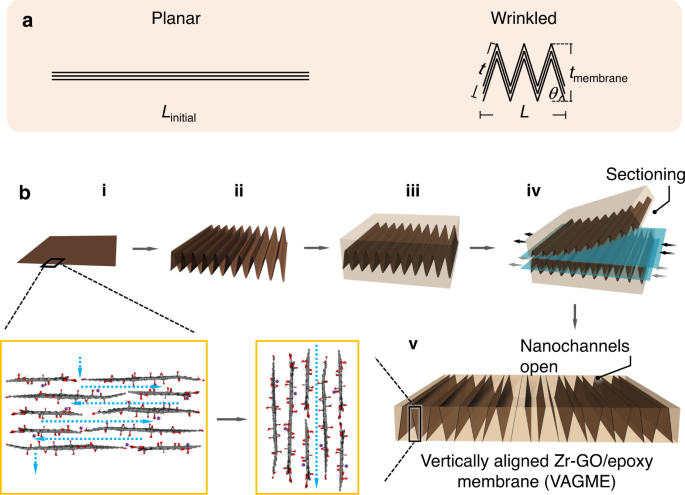(Nano-thin piezoelectrics advance self-powered electronics)
2021/1/20 オーストラリア連邦・ロイヤルメルボルン工科大学(RMIT)

・ RMIT が、ナノレベルの薄さのフレキシブルな酸化亜鉛(ZnO)ベースの圧電性材料を開発。
・ 同圧電性材料は、人間の毛髪の 10 万倍の薄さで、他の無毒性の圧電性材料よりも 800%高い効率性を提供。また、コスト効果的で商業的にスケーラブルな液体金属プリンティング手法により容易に作製できる。
・ 現在最も高機能のナノ薄圧電性材料は、バイオ医療利用には適さない鉛をベースとするが、新圧電性材料は毒性の無い ZnO を使用。軽量性とシリコンとの適合性を備えるため、現行のエレクトロニクスへの容易な統合が可能。1.1nm の薄さで自己発電型ナノデバイスに必要なエネルギー全量が賄える。
・ 携帯電話に電力を供給するスマートランニングシューズ等の自己発電型エレクトロニクスやウェアラブル技術をはじめ、バイオ医療アプリケーションとして体内バイオセンサーや血圧・心拍を電源とするペースメーカー等の環境発電デバイスの実現に向けた主要な進展となる。
・ また、特に地震多発地域のビルや橋梁等のインフラの欠陥を検出するスマート振動センサー開発にも有用。
・ 加熱により ZnO を液化させて酸素に晒すことで、表面にナノ薄層を形成する革新的な液体金属プリンティング技術では、大面積シートを迅速に製造し、ロール・ツー・ロール(R2R)をはじめあらゆる製造プロセスに対応が可能。
・ 現在、防衛とインフラのモニタリング用の超音波検出器を開発中。また、機械エネルギーを採取するナノジェネレーターの開発を検討している。
・ 本研究には、オーストラリア研究会議(ARC)、ARC Centre of Excellence in Future Low-Energy Electronics Technologies (FLEET)が資金を提供した。
URL: https://www.rmit.edu.au/news/all-news/2021/jan/nano-thin-piezoelectrics
<NEDO海外技術情報より>
(関連情報)
materials today 掲載論文(アブストラクトのみ:全文は有料)
Maximum piezoelectricity in a few unit-cell thick planar ZnO – A liquid metal-based synthesis approach
URL: https://www.sciencedirect.com/science/article/abs/pii/S1369702120304235?dgcid=coauthor
Abstract
Synthesizing two dimensional (2D) nanomaterials with controlled sub-nanometer thicknesses from non-layered crystals presents both significant challenges and vast opportunities. However, mechanical exfoliation techniques and physical/wet chemical deposition processes are widely disadvantageous for applicability to non-layered structures. Here we have utilized a simple self-limiting approach to prepare large sheets of 2D zinc oxide (ZnO) at the metal-melt/air interface. These ultra-thin sheets demonstrated highly crystalline hexagonal structures. The specific ZnO hexagonal sheet thickness and its interaction with the substrate were found to have a critical impact on d33. This unusual structure resulted in an exceptionally high out of plane piezoelectricity, yielding a giant value of 80 ± 0.8 pm/V at 2.5 unit-cell thickness for d33, which is 5 Zn-O layers in the wurtzite crystal. This out of plane piezoelectricity value is approximately 8 times larger than that of the value for bulk ZnO. Theoretical studies were carried out to elucidate the impact of the thickness and the substrate’s role on the polarization of the layers. The existence of a large piezoelectricity offered by the synergy of the substrate and specific thickness of ultrathin films offers the opportunity for other groups of potentially piezoelectric materials to be explored.



